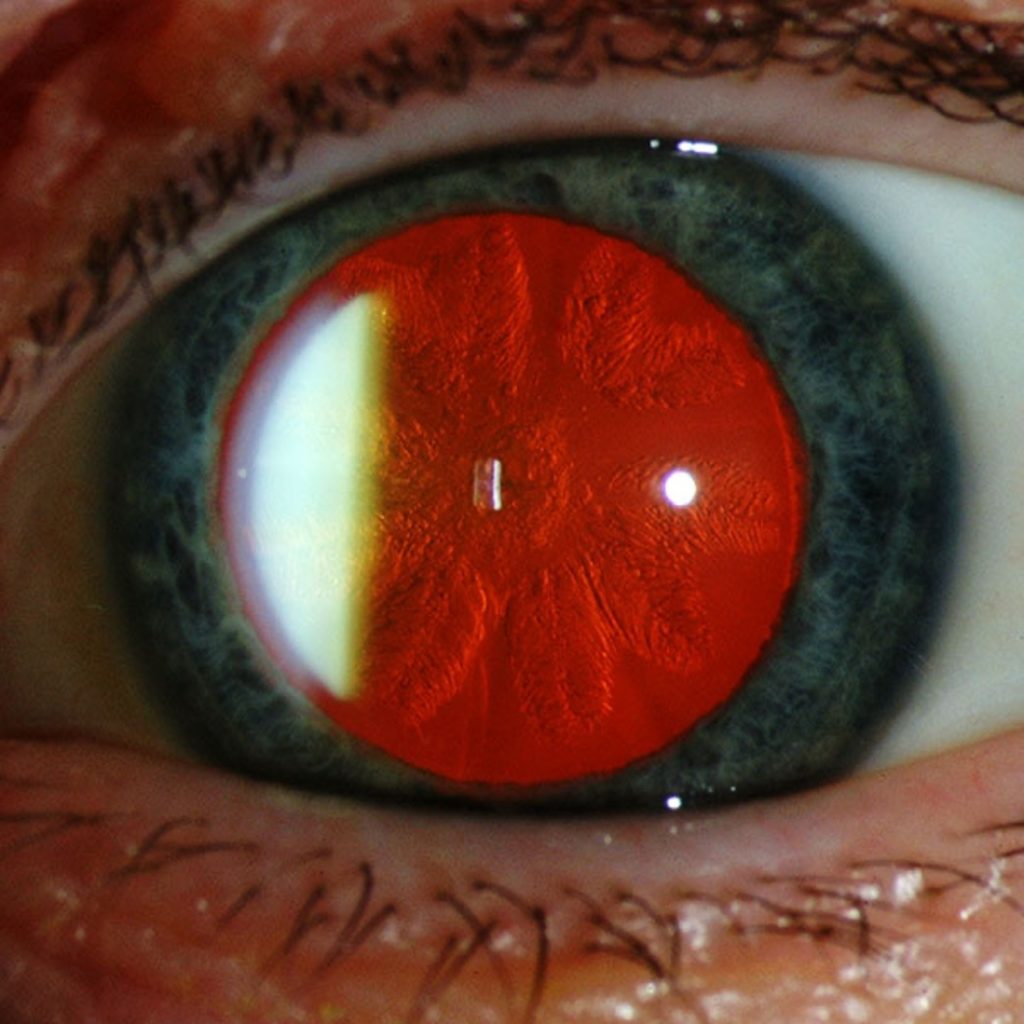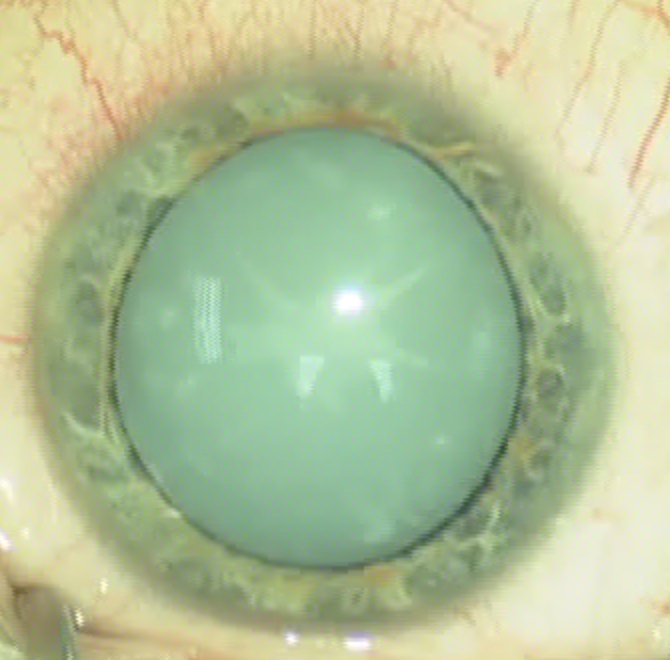What is cataract?
Cataract is a normal ageing process where the lens of your eye (the clear part of the eye that helps to focus light) becomes cloudy or loses its transparency. Cataracts are very common as you get older. One or both eyes can be affected.


What are the symptoms of cataract?
Symptoms include blurry/misty vision, fading of colours or colours looking washed out, visual problems depending on lighting (for example glare or halos around bright lights). You may find your glasses aren’t as effective as they used to be, and have trouble with reading, watching television, or driving.
What are the causes of cataracts?
Most cataracts are caused due to normal ageing process (age-related cataracts). Younger patients can sometimes develop cataracts due to other causes like eye injury, previous eye surgery, diseases such as diabetes, long term use of steroids and prolonged inflammation of the eyes.
How are cataracts treated?
In the early stages, stronger glasses and improving the ambient lighting can help. As the cataract progresses, surgery may be needed. Surgery is the only proven treatment for cataracts.
What does the cataract surgery involve?
Cataract surgery involves removing of the clouded lens and replacing it with a perfectly clear artificial lens, known as an ‘intraocular lens implant’. The surgery is straightforward and largely painless and usually takes 30 minutes to be performed. In most cases, the surgery is performed under local anaesthesia which involves either drops on the eye or drops in combination with a small amount of local anaesthetic that is squirted around the eye. Removal of the clouded lens/ cataract is by a technique called phacoemulsification. This is performed by making a small keyhole opening in the front of the eye. The artificial lens is then folded and inserted into the eye through this opening. The lens unfolds itself into place within the eye to its normal shape. The small incision usually heals itself.
What are the risks and benefits of the surgery?
Cataract surgery will help to restore your vision. After the surgery you would be able to see things in focus, look into bright lights and not see as much glare and tell the difference between colours.
Although cataract surgery is very safe, like any surgical procedures, it carries risks. The risk of complications developing because of cataract surgery is estimated at around 1 in 100 cases. The commonest problem that occurs during cataract surgery is the lens capsule bag breaking. The lens capsule bag supports the new lens implant. If the bag breaks, a different type of lens implant might be used, and stitches could be required. Other less serious problems that can occur after the operation are Inflammation inside the eye, rise in pressure inside the eye, temporary clouding of the cornea (the transparent window at the front of the eye). The above outlines the most common complications associated with cataract surgery; however, this is not an exhaustive list. Your surgeon will discuss all the risks in detail with you during your pre-operative clinic consultation.
